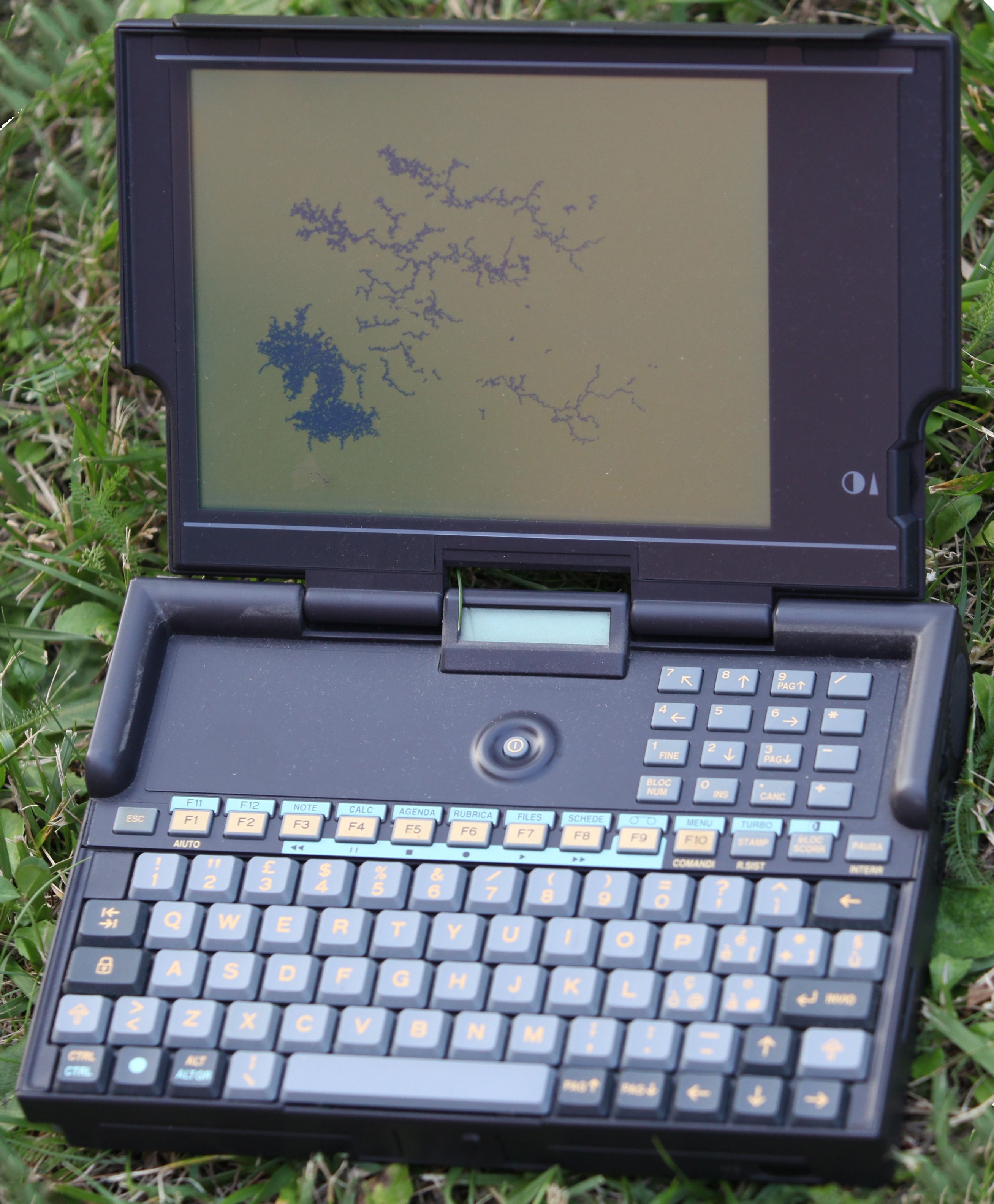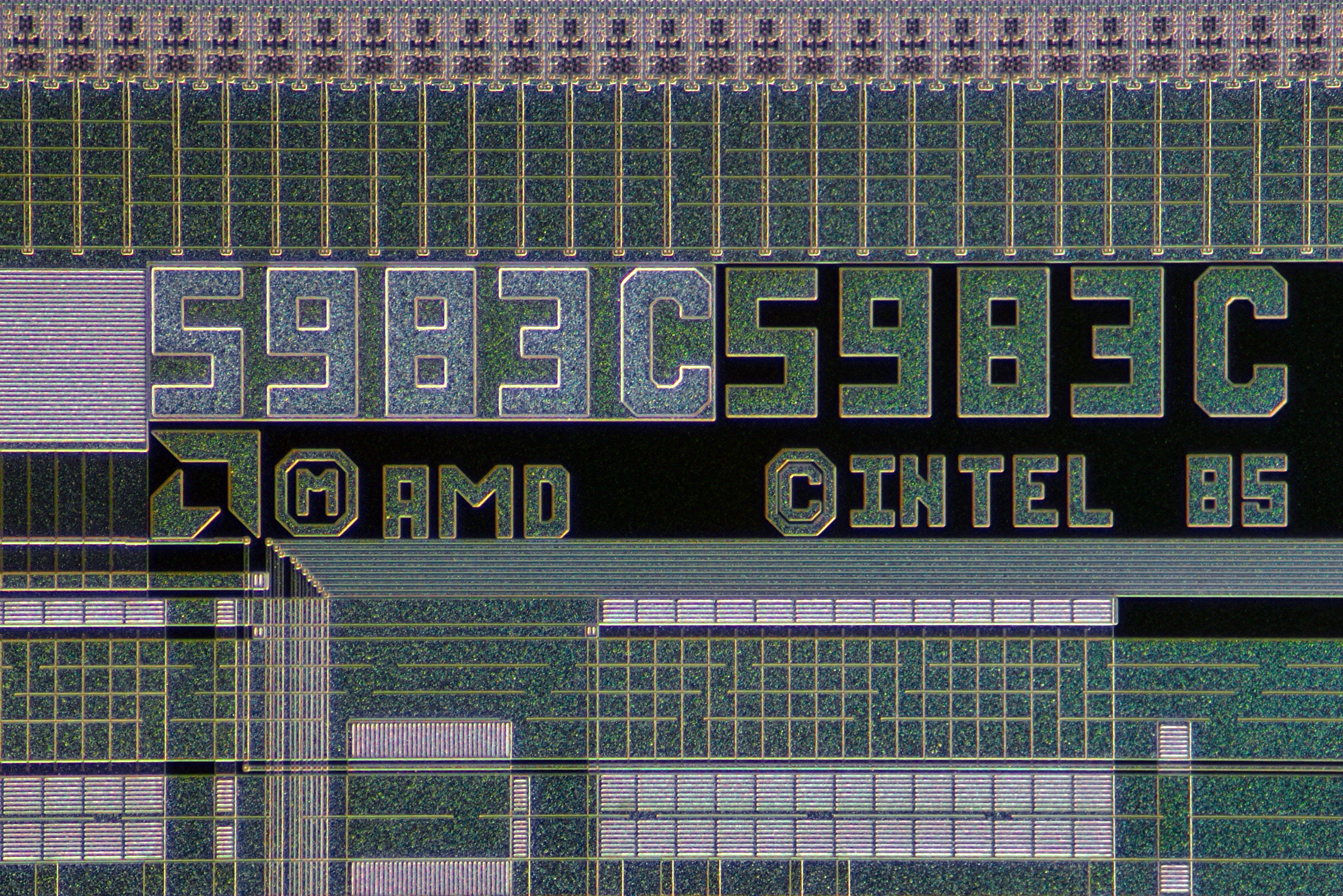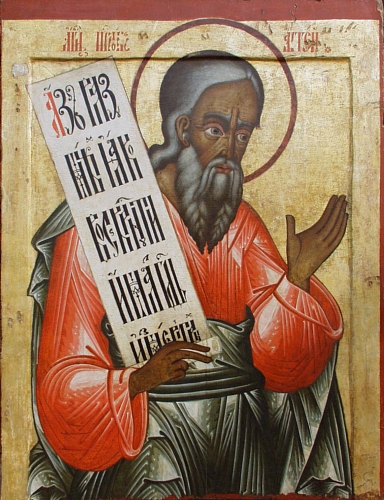|
Olivetti Quaderno
The Quaderno was a subnotebook produced by Olivetti in two versions from 1992: ''Quaderno'' (PT-XT-20) and ''Quaderno 33'' (PT-AT-60). History When it made its debut in 1992, this model realised the idea of a laptop that was smaller (having the same footprint as an A5 sheet) and lighter (1 kg) than contemporary laptops. The first version did not have the expected success, despite having an excellent processor and also features unknown to its contemporaries, such as the microphone and integrated amplifiers. This failure was mostly due to the limitations of the operating system and bundled software which did not fully exploit the potential of the computer's design and capabilities. For this reason, Olivetti decided to present a new version just one year after the first, the Quaderno 33, equipped with the Windows 3.1 operating system. Reception In a 1993 review, the original Quaderno was described as "a crippled DOS-compatible machine with an NEC V30 processor equivalent to an ... [...More Info...] [...Related Items...] OR: [Wikipedia] [Google] [Baidu] |
Olivetti
Olivetti S.p.A. is an Italian manufacturer of computers, tablets, smartphones, printers and other such business products as calculators and fax machines. Headquartered in Ivrea, in the Metropolitan City of Turin, the company has been part of the TIM Group since 2003. One of the first commercial programmable desktop calculators, the Programma 101, was produced by Olivetti in 1964 and was a commercial success. History Founding The company was founded as a typewriter manufacturer by Camillo Olivetti in 1908 in the Turin commune of Ivrea, Italy. The firm was mainly developed by his son Adriano Olivetti, whose utopian vision led not only the company's worldwide expansion and commercial sucess, but also influenced business practice, politics, and culture. Olivetti opened its first overseas manufacturing plant in 1930, and its Divisumma electric calculator was launched in 1948. Olivetti produced Italy's first electronic computer, the transistorised Elea 9003, in 1 ... [...More Info...] [...Related Items...] OR: [Wikipedia] [Google] [Baidu] |
Ugo Carena
Ugo is the Italian form of Hugh, a widely used name of Germanic origin. Its diminutive form is Ugolino. It is also a Nigerian Igbo first name. It may refer to: People * Vgo (stonemason), medieval stonemason * Ugo Bassi, a Roman Catholic priest and Italian nationalist * Ugo Betti, Italian judge and author * Ugo Boncompagni, birth name of Pope Gregory XIII * Ugo Correani, Italian/German fashion designer * Ugo da Carpi, Italian printmaker * Ugo Ehiogu, English football player * Ugo Fano, Italian physicist * Ugo Gabrieli, Italian footballer * Ugo Giachery, Italian Bahá'í * Ugo Humbert, French tennis player * Ugo La Malfa, an Italian politician * Ugo Mattei, professor of international and comparative law at UC Hastings * Ugo Monye, English international rugby union player * Ugo Mulas, Italian photographer * Ugo Rondinone, Swiss-born artist * Ugo Sansonetti, Italian businessman and athlete * Ugo Tognazzi, Italian actor * Ugo Zagato, Italian automobile designer Other * Ugo, Aki ... [...More Info...] [...Related Items...] OR: [Wikipedia] [Google] [Baidu] |
Subnotebooks
Subnotebook, also called ultraportable, superportable, or mini notebook, was a marketing term for laptop computers that are smaller and lighter than a typical notebook-sized laptop. Types and sizes As typical laptop sizes have decreased over the course of the 2010s, and other distinguishing features have become mainstream, the distinction between regular-size and 'subnotebook' laptops has largely disappeared. To the extent that it still exists, 'subnotebook' could be defined as machines with screen smaller than 13" but with a permanently-attached keyboard intended for two-handed typing. Prior to this convergence, subnotebooks were also distinguished from netbooks and ultra-mobile PCs, based on both size and market position. Classic subnotebooks were smaller than full sized laptops but larger than handheld computers. They were distinguished by smaller screens and bodies and lighter weights relative to contemporaneous laptops. The savings in size and weight were often achieved ... [...More Info...] [...Related Items...] OR: [Wikipedia] [Google] [Baidu] |
Personal Computer Con Interfaccia Grafica, Mini-portatile - Museo Scienza Tecnologia Milano 15813 01
Personal may refer to: Aspects of persons' respective individualities * Privacy * Personality * Personal, personal advertisement, variety of classified advertisement used to find romance or friendship Companies * Personal, Inc., a Washington, D.C.-based tech startup * The Personal, a Canadian-based group car insurance and home insurance company * Telecom Personal, a mobile phone company in Argentina and Paraguay Music * ''Personal'' (album), the debut album by R&B group Men of Vizion * ''Personal'', the first album from singer-songwriter Quique González, and the title song * "Personal" (Aya Ueto song), a 2003 song by Aya Ueto from ''Message'' * "Personal" (Hrvy song), a song from ''Talk to Ya'' * "Personal" (The Vamps song), a song from ''Night & Day'' *"Personal", a song by Kehlani from '' SweetSexySavage'' Books * ''Personal'' (novel), a 2014 novel by Lee Child See also * The Personals (other) * Person * Personality psychology * Personalization * Human s ... [...More Info...] [...Related Items...] OR: [Wikipedia] [Google] [Baidu] |
Am386
The Am386 central processing unit, CPU is a IBM PC compatible, 100%-compatible clone of the Intel 80386 design released by AMD in March 1991. It sold millions of units, positioning Advanced Micro Devices, AMD as a legitimate competitor to Intel Corporation, Intel, rather than being merely a second source for ''x86'' CPUs (then termed ''Intel 8086, 8086-family''). Features Template:AMD x86 CPU features, CPU features table History and design While the AM386 CPU was essentially ready to be released prior to 1991, Intel kept it tied up in court. AMD had previously been a second-source manufacturer of Intel's Intel 8086, Intel 80186 and Intel 80286 designs, and AMD's interpretation of the contract, made up in 1982, was that it covered all derivatives of them. Intel, however, claimed that the contract only covered the 80286 and prior processors and forbade AMD the right to manufacture 80386 CPUs in 1987. After a few years in the courtrooms, AMD finally won the case and the right to ... [...More Info...] [...Related Items...] OR: [Wikipedia] [Google] [Baidu] |
PC Card
In computing, PC Card is a configuration for computer parallel communication peripheral interface, designed for laptop computers. Originally introduced as PCMCIA, the PC Card standard as well as its successors like CardBus were defined and developed by the Personal Computer Memory Card International Association (PCMCIA). It was originally designed as a standard for memory- expansion cards for computer storage. The existence of a usable general standard for notebook peripherals led to many kinds of devices being made available based on their configurability, including network cards, modems, and hard disks. History The PCMCIA 1.0 card standard was published by the Personal Computer Memory Card International Association in November 1990 and was soon adopted by more than eighty vendors. It corresponds with the Japanese JEIDA memory card 4.0 standard. SanDisk (operating at the time as "SunDisk") launched its PCMCIA card in October 1992. The company was the first to introduce ... [...More Info...] [...Related Items...] OR: [Wikipedia] [Google] [Baidu] |
NEC V20
The NEC V20 is a microprocessor that was designed and produced by NEC. It is both pin compatible and object code compatible with the Intel 8088, with an instruction set architecture (ISA) similar to that of the Intel 80188 with some extensions. The V20 was introduced in March 1984. Features The V20's die comprised 63,000 transistors; more than double the 29,000 of the 8088 CPU. The chip was designed for a clock duty cycle of 50%, compared to the 33% duty cycle used by the 8088. The V20 has two, 16-bit wide internal databuses, allowing two data transfers to occur concurrently. Differences like that meant that a V20 could typically complete more instructions in a given time than an Intel 8088 running at the same frequency. The V20 was fabricated in 2-micron CMOS technology. Early versions ran at speeds of 5, 8, and 10 MHz. In 1990, an upgrade to the fabrication process technology resulted in the V20H and V20HL, with improved performance and reduced power consumption. La ... [...More Info...] [...Related Items...] OR: [Wikipedia] [Google] [Baidu] |
Hagai Shvadron
Haggai (; he, חַגַּי – ''Ḥaggay''; Koine Greek: Ἀγγαῖος; la, Aggaeus) was a Hebrew prophet during the building of the Second Temple in Jerusalem, and one of the twelve minor prophets in the Hebrew Bible and the author of the Book of Haggai. He is known for his prophecy in 520 BCE, commanding the Jews to rebuild the Temple. He was the first of three post-exile prophets from the Neo-Babylonian Exile of the House of Judah (with Zechariah, his contemporary, and Malachi, who lived about one hundred years later), who belonged to the period of Jewish history which began after the return from captivity in Babylon. His name means "my holidays." The name Haggai, with various vocalizations, is also found in the Book of Esther, as a eunuch servant of the Queen. Life Scarcely anything is known of his personal history, with the book of Haggai offering no biographical details about his ancestry or anything else in his life outside the prophecies of 520 BCE. Haggai is ... [...More Info...] [...Related Items...] OR: [Wikipedia] [Google] [Baidu] |
Mario Bellini
Mario Bellini (born February 1, 1935 in Milan) is an Italian architect, critic, and designer. He received a degree in architecture from Milan Polytechnic in 1959 and began working as an architect in the early 1960s. Like many other Italian architects of his generation, he is active in the fields of architecture and urban planning, industrial design, product design and furniture design. His designs have won 8 Compasso d’Oro awards, and he has received awards including the Gold Medal for Architecture at the 2015 Milan Triennale, and a "Medaglia d’Oro" conferred on him by the President of the Italian Republic. Design In 1963 Bellini became a consultant for Olivetti where he worked on the design of the Programma 101, a precursor to the desktop computer. He continued to collaborate with Olivetti throughout the 1970s and 1980s. During this time he was involved in the design of many of the company's iconic products, such as the Lexicon 82 Electric Typewriter and the Divi ... [...More Info...] [...Related Items...] OR: [Wikipedia] [Google] [Baidu] |
Alessandro Santalucia
Alessandro is both a given name and a surname, the Italian form of the name Alexander. Notable people with the name include: People with the given name Alessandro * Alessandro Allori (1535–1607), Italian portrait painter * Alessandro Baricco (born 1958), Italian novelist * Alessandro Bega (born 1991), Italian tennis player * Alessandro Bordin (born 1998), Italian footballer * Alessandro Botticelli (1445–1510), Italian painter * Alessandro Bovo (born 1969), Italian water polo player * Alessandro Cagliostro (1743–1795), alias of occultist and adventurer Giuseppe Balsamo * Alessandro Calcaterra (born 1975), Italian water polo player * Alessandro Calvi (born 1983), Italian swimmer * Alessandro Cattelan (born 1980), Italian television preesenter * Alessandro Cortini (born 1976), Italian musician * Alessandro Criscuolo (1937–2020), Italian judge * Alessandro Del Piero (born 1974), Italian footballer * Alessandro Di Munno (born 2000), Italian footballer * Alessandro Evangel ... [...More Info...] [...Related Items...] OR: [Wikipedia] [Google] [Baidu] |






